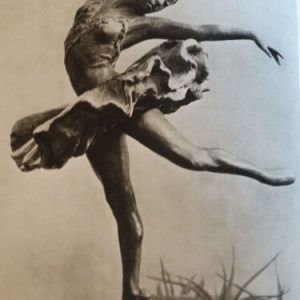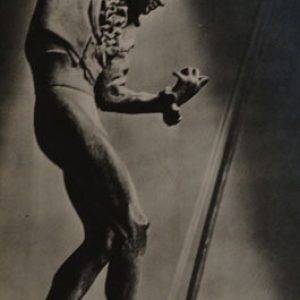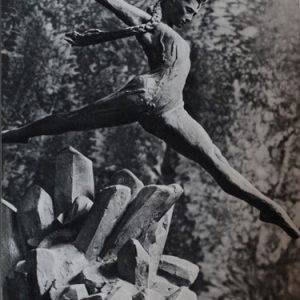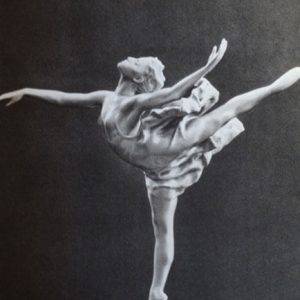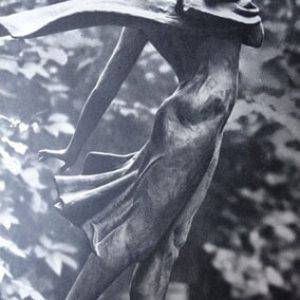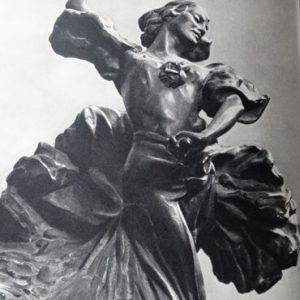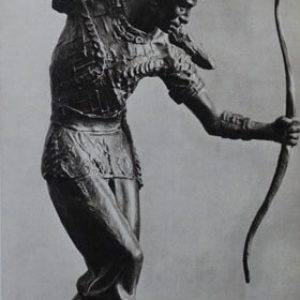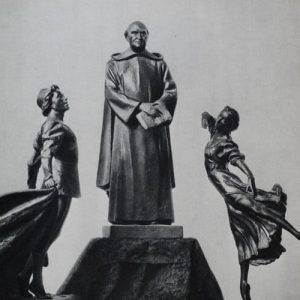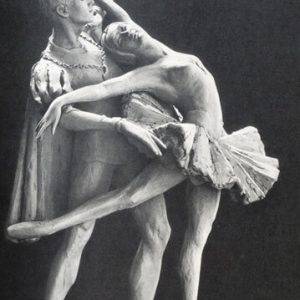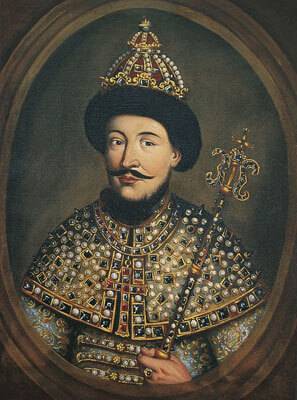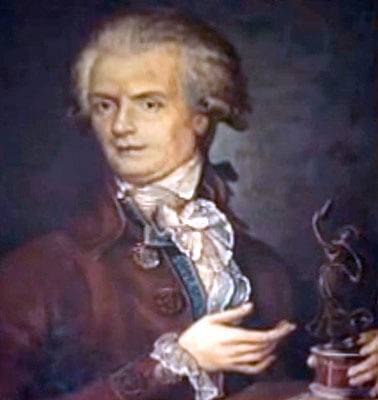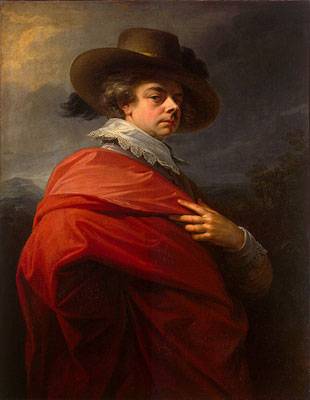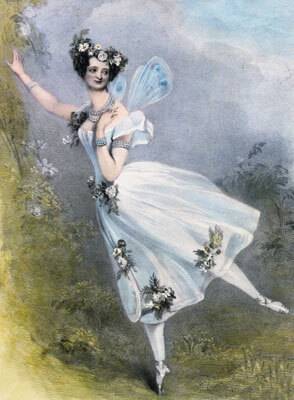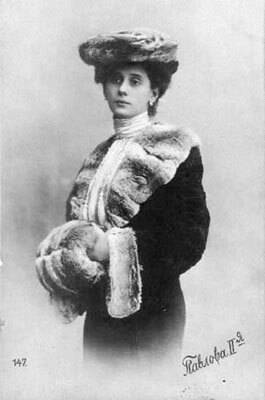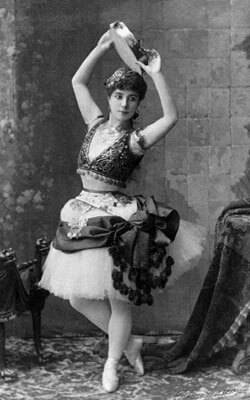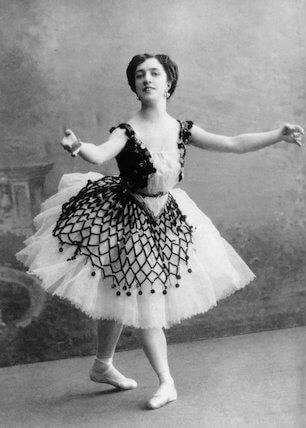Kazan Cathedral is one of the grandest churches in St Petersburg with its colonnades of 96 columns embracing Nevsky prospect like the outstretched wings of a gigantic eagle. Kazan Cathedral was designed and built between 1801 and 1811 by Russian artists, (despite being modeled on St Peter in the Vatican) to house a venerated icon, Our Lady of Kazan.
Chinese Palace which was created at the time of Catherine the Great. It is a unique rococo style residence with a famous bugle work cabinet. It is the only palace in the vicinities of SPb which survived World War II. It is one of the private residences which means that only chosen ones could come there, be one of them. Enjoy this unique architectural miracle, much more impressive inside than from the façade. Feel special as it’s only the second season when you can take pictures inside.
This stunning pavilion was created for the wife of Nicholas I which could relax after grand receptions there. It is located on a man made island and decorated in the style of Pompeii and XVIII century Italian country houses. The pavilion is a dream about Italy, an oasis of Southern paradise in the North of Russia. Only the chosen ones could come here. Join them!
There is a chance to drop to the Amber Workshop to see how masters responsible for the restoration of Amber Room keep creating other masterpieces; there will be a chance to take pictures in the workshop as it is not allowed to do that in Amber Room itself.
A special treasure room with ambassadors’ gifts and private belongings of Russian Tsars-all made of gold and covered with diamonds, rubies and emeralds; it is possible to visit it with the museum guide only, should be booked well in advance
One of the most famous collections of French impressionists and post impressionists outside France is situated in the General Staff Building in St Petersburg – just opposite the main Hermitage Museum Complex ( across the Palace Square) – let us know if you are interested and we will book tickets in advance.
We offer unique, once in your life time experience, which proved to be a climax of St Petersburg visit for many of our guests: a lunch with Russian family in their apartment. Enjoying home cooking and speaking with your host and hostess you will learn and understand a lot about Russian culture, traditions and lifestyle, see the way local people live and discuss with them everything under the sun!
The Pavlovsk Park and Palace ensemble is among the finest royal residences in the environs of St Petersburg. Unlike other famous royal residences Pavlovsk has the unique charm of a private estate. The palace was designed in reserved classical style and will be highly appreciated by true art connoisseurs. During a tour of Pavlovsk Palace you will not only be able to witness stunning state rooms used for official ceremonies and festivities in the palace, but also some private rooms where the family could gather together in the evening.
An interactive museum of Soviet arcade machines that are the core of the collection. There are over fifty of them on display. The ticket includes some tokens to play. The museum will help you to go back in time and learn more about the Soviet Russia. As for your kids, they will be curious to learn what was interesting for their fathers and grandfathers.
One of the coziest and most hospitable museums of our city.
Museum has 12 halls of art space. Interior dolls, theatre dolls, fairy-tale dolls, dolls depicting customs and traditions are on display there. All in all, the museum has over 40000 exhibits. It is guarded by purring spirits – 3 cats that appear when the museum is closed and dolls wake up… The only disadvantage is that you can’t play with the dolls, you can only look at them.
A unique and the first one in Russia art space where exhibits of shadow art are on display. You will learn the history of our city in light and shadow language there, meet Peter the Great, its founder, and even face your own shadow. Are you ready to look at everything and even yourself from a different angle?
Unique monument of the XV century built in Western gothic style. The only civil building in this style that survived in our country. There ambassadors were received, the Novgorod parliament and court sat and the grand dinners took place. Now the Novgorod jewelry collection of VI-XVII centuries is on display there.
Enjoy 14 halls with over 250 Novgorod icons of XI-XIX centuries. Novgorod is one of the centers of icon painting in our country. This exhibition is one of the best collections of Russian icons as it allows to follow the history of icon painting in our Russia.
Stretch your legs and enjoy the public boat ride. You will see views of the Volkhov river and the lake Ilmen which is called the Slavonic Sea because the area round is so flat. It takes 1-1.5 hours.
Kremlin is the heart of the city, the fortress in its center. During the tour you can see St Sophia cathedral, the oldest temples of our country made of stone, the monument to the Millennium of Russia and the place where merchants used to trade which is called “Yaroslavovo Dvorische” – Prince Yyaroslav court.
A functioning Russian orthodox monastery. It was founded in the XI century by Yaroslav, the grand duke who was baptized by St George, hence the name. St George cathedral, a gem of Russian medieval architecture, has unique frescoes and even an ancient graffiti.
Wooden houses are on display in this museum-reserve under the open sky . You will get acquainted with peasant household, customs and traditions there, learn how common people in Russia lived, got married, worked and celebrated different holidays. A welcome change after all palaces!
Kazan Cathedral one of the grandest churches in St Petersburg with its colonnades of 96 columns embracing Nevsky prospect like the outstretched wings of a gigantic eagle; it was built between 1801 and 1811 to house a venerated icon Our Lady of Kazan by Andrey Voronikhin (a serf of Count Stroganov).
Divo Ostrov (the name means Wonderful Island in Russian and the attraction is really located on an island) is the best amusement park in Russia. It was founded in May 2003 and had 17 attraction rides then. Now there are 46 of them. Some of the amusement rides are for adults, some for families and some for kids. Divo Ostrov gives unique impressions to people of all ages. Every adult gets a ticket to his childhood and every child finds himself in the world of his dreams and fantasies.
If you are a passionate train lover, this place is your paradise: it’s the biggest railway museum in Europe, a sort of “Technical Hermitage”. You can practice driving a train with the help of the simulator here: enjoy 6 real life scenarios! If you come with small ones, there are game zones especially for them. If you finally get bored of trains, you can take a selfie with a sad peasant in the cold carriage or to practice Morse code with a plaster telephone operator.
Russian museum is the biggest museum of national art in the world and a unique architectural ensemble of the historical center of Saint Petersburg. With its 400000 exhibits it covers the history of Russian art from X century icons up to XX-XXI century avant-guard art and soviet painting. You can see Ilya Repin, Mikhail Vrubel, Mark Shagal, Vasiliy Kandinsky, Kazimir Malevich and many others there.
An annual festival of sand sculptures on the territory of Peter and Paul Fortress; international team of sculptors from different European countries create sculptures from special sand on the given subject which varies every year; the exhibition will be of great interest for you and your little ones
St Petersburg boat tours offer a perfect way to see the city under a bit different angle – sailing under numerous bridges along rivers and canals, and listening to curious stories from your guide. St Petersburg boat tours are especially majestic during the White Nights season in St Petersburg.
This private museum is a model of Russia made at the scale 1:87. The model is 800 square meters and symbolically shows all regions of our country. It’s the biggest model in Russia and second biggest in the world (after Minjatur Wunderland in Hamburg). It took 100 people 5 years to complete it. The model is interactive, so your children will be delighted to press buttons there.
It’s a museum inside the other museum. This section has 2400 exhibits which makes it one of the most prominent collections of this kind. Our country had the biggest Jewish population in the world at the end of the XIX century. So, this exhibition shows how the Jews lived in the Russian empire. You will know everything about traditional costumes, books, things used in everyday life, holidays, crafts the Jewish took part in, holidays they celebrated, etc.
These stunning pavilions were created in 1830-40 for the wife and daughter of Nicholas I (the daughter’s name was Olga). There the tsarina could relax after grand receptions. They are located on manmade islands and decorated in the style of Pompeii and XVIII century Italian country houses. These pavilions are dreams about Italy, an oasis of Southern paradise in the North of Russia. Only the chosen ones could come here. Join them!
Agate rooms are a two-storied bath house. The first floor was used to take a bath and the second one had famous rooms where guests could relax afterwards. Their walls were decorated with agate – hence the name.
This unique complex was built by Charles Cameron for Catherine II in the 18th century and was restored only after WWII. It managed to preserve almost intact. Fortunately, this treasure is not as popular with mass tourism as Catherine palace, so if you want to enjoy something truly authentic and not overcrowded, this is definitely your choice.
Hereby, I, being the Customer of tourism services included in the tourism product, and the authorized representative of the individuals (tourists) indicated in the Application, give my consent to the tour operator (site https://dancing-bear-tours.com ) Co Ltd “Dancing Bear Tours” (and direct service providers — accommodation facilities, carriers and other contractors, specified in the agreement on the sale of a tourism product) for the processing of my data and the data of individuals (tourists) indicated in the Application: last name, first name, middle name, date and place of birth, gender, citizenship, passport series and number, other passport data, given in the passport; address of residence and registration; home and mobile phone; E-mail address; as well as any other data relating to my personality and the identity of the individuals indicated in the Application, in the amount necessary for the implementation and provision of tourism services, including those included in the tourism product developed by the Tour Operator, for any action (operation) or a set of actions (operations) performed with my personal data and the data of individuals indicated in the Application, including (without limitation) collection, recording, systematization, accumulation, storage, clarification (updating, changing), retrieval, use, transfer (distribution, provision, access), depersonalization, blocking, deletion, destruction of personal data, as well as the implementation of any other actions provided for by the applicable laws of the Russian Federation, using automation tools, including in information and telecommunication networks or without the use of such means, if the processing of personal data without the use of them corresponds to the nature of the actions (operations) performed with personal data using automatic authentication means, that is, it allows for the search, in accordance with a given algorithm, for personal data recorded on a physical medium and contained in file cabinets or other systematic collections of personal data, and/or access to such personal data, as well as the transfer (including cross-border) of these personal data to the Tour Operator and relevant third parties — partners of the Tour Operator.
The processing of personal data is carried out by the Agent and its authorized representatives (the Tour operator and direct service providers) in order to fulfil this agreement (including, depending on the terms of the agreement, for the purpose of processing travel documents, booking rooms in accommodation facilities and with carriers, transferring data to a consulate of a foreign state, resolving claims in case of their occurrence, submitting information to authorized state bodies (including to the courts and law enforcement bodies)).
I hereby confirm that the personal data provided by me to the Agent are reliable and can be processed by the Agent and its authorized representatives.
I hereby give my consent to the Tour Operator to send me emails/informational messages to the email address and/or mobile phone number indicated by me.
I hereby confirm that I have the authority to provide the personal data of the individuals indicated in the Application, and I undertake to reimburse the Agent for any expenses associated with my lack of appropriate authority, including losses arising from the sanctions of the inspection bodies.
I agree that the text of the consent given by me of my own free will, in my interests and in the interests of the individuals indicated in the Application, is stored electronically in a database and/or on paper and confirms the fact of consent on the processing and transfer of personal data in accordance with the above provisions and I take full responsibility for the accuracy of the provision of personal data.
This consent is given for an indefinite period of time and can be withdrawn at any time by me, and relating to the part concerning a particular individual, a subject of personal data indicated in the Application, it can be withdrawn by that person, by sending a written notice to the Agent by mail.
I hereby confirm that my rights as the subject of personal data are explained to me by the Agent and are clear to me.
I hereby confirm that the consequences of withdrawing this consent are explained to me by the Agent and are clear to me.
This Consent is an annex to this Application.
The Faberge Museum has the world-class collection of Faberge Masterpieces (including 14 Easter Eggs), gift boxes, Russian enamels etc.The collection is situated in 9 beautiful rooms of Shuvalov Palace. It was opened in November 2013 and founded by the “Link of Times” Cultural Historical Foundation, established by Russian entrepreneur Viktor Vekselberg to repatriate lost cultural treasures to Russia.
The fourth tallest dome construction in the world. St Isaac’s Cathedral used to be the main Russian Orthodox Cathedral of the Russian Empire. The enormous decoration of the interior of the cathedral, was created in the Russian Academy of Fine Arts.Gilded bronze, malachite and lapis lazuli together with countless paintings, columns, mosaics, will take your breath away.
One of the best private palaces in the Europe .Its real gem is a home theater. Outstanding Russian singers and dancers performed there.In this palace young Felix Yusupov, the heir of the family, and other conspirators assassinated Grigory Rasputin. During a visit to the palace you will learn about the plot of Felix and how it was brought to life.
Peter and Paul Fortress here our city was founded in 1703.Peter the Great started a fortress to protect the lands won back from Sweden. Now it is one of the most important 18th century fortresses in Russia and Europe.St Peter and Paul Cathedral is the burial place of almost all Russian Tsars from Peter the Great up to the last Russian Tsar Nicholas II and his family.
Many metro station vestibules and platforms are adorned with marble, granite, bas-reliefs and mosaics which makes them look like underground palaces. The very first 10 stations appeared after WWII and have various military and Soviet symbols reminding visitors about the glorious victory over Nazi Germany. Owing to the city’s swampy subsoil, most of the lines were built extremely deep underground.
Peterhof is definitely “a must-see” for any first-time visitor to St Petersburg.It is often called the “Russian Versailles”: it is a real “kingdom of fountains” and true paradise for little children (as well as adults) with amazing cascades, a variety of unique and playful fountains, Grand Peterhof Palace, and other small ones.
Catherine Palace Is a must to visit. Inside you will find a succession of interconnecting rooms in Baroque style and somewhere in the middle of that enfilade is the famous Amber Room which was called by contemporaries “the eighth wonder of the world”. The palace was badly damaged during WWII and amber panels were stolen by the Nazi. But they started restoration in 1979 and finished it in 2003.
St Petersburg Siege Memorialcommemorates the hardship that Leningrad‘s (the soviet name of our city) citizens endured during the siege which lasted 900 days (1941-1943) and took away about 1.5 mln lives. The most striking part of the memorial are the tableaux of soviet citizens facing south towards the enemy. It was designed to be viewed from a distance. In the subterranean memorial hall are relics from the siege.
Offers fresh food from all over the former Soviet Union: melons, tomatoes, farmhouse honey, pickles, sour cream, ham and gherkins, not to mention imports such as kiwi fruit. Most vendors offer the chance to taste a sliver before buying. Outside the market are “babushkas” (pensioners) who sell things they have grown at their dacha (summer cottage) or gathered in the forest.
Hermitage Museum one of the most important and oldest museums in the world. It has one of the largest collections of paintings. If you spent one minute viewing each exhibit of the Museum it would take you11 years to see everything. The collection of the French Impressionists is exhibited in the General staff building which is located opposite the Winter Palace.
Most famous for almost 21,000m² of mosaics that cover both the interior and the façade of the building. The mosaics were created in Russia, which makes them even more valuable. It is the only building in our citybuilt in the style of Moscow churches. The church was built on the place where Alexander II was assassinated, hence the name.
St Petersburg boat tours offer a perfect way to see the city under a bit different angle – sailing under numerous bridges along rivers and canals, and listening to curious stories from your guide. St Petersburg boat tours are especially majestic during the White Nights season in St Petersburg.
Alexander Palace was commissioned by Catherine II for her grandson, future Russian tsar Alexander I and later became the summer home of a succession of Imperial heirs, each of whom left their mark on the building.



